
Myth #1: Only Run a Disposal for Short Spurts
You may think that once your food scraps are out of sight, you can power your disposal down. But it still has work to do. Keep the disposal running for 30 seconds after the food waste sounds like it’s done grinding. If you don’t, you could end up with unnecessary smells coming from the sink. Also, once you turn the disposal off, continue to let the water run for 15 seconds to flush away any lingering remains. Just make sure the water is cold; it keeps any grease or oil in solid form to run more smoothly down the drain line.
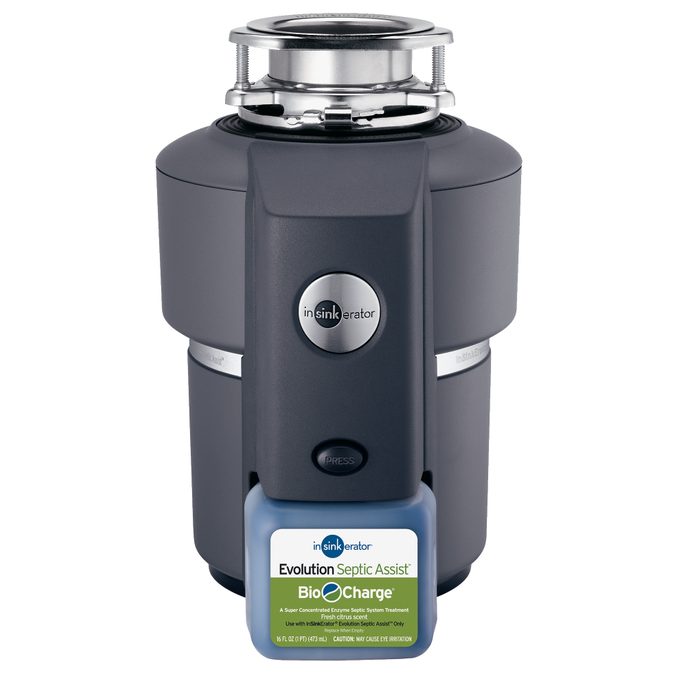
Myth #2: Disposals Aren’t Good for the Septic System
While it’s been said that septic systems are for water, not waste, that’s not entirely true. Numerous studies indicate that homes with a garbage disposal don’t see a tangible increase in septic system volume nor are more frequent pump-outs needed. Also, remember, those food scraps that you’re sending down the hatch are largely made of water, so they degrade pretty quickly. InSinkErator has even taken the step to specially design a SepticAssist disposal system that injects patented enzymes into the grind chamber with each use to start breaking down fats, proteins and starches before they reach the septic tank.
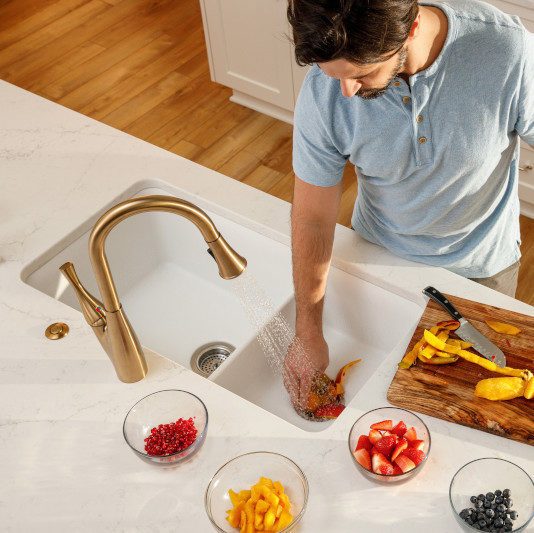
Myth #3: Many Food Items Simply Won’t Grind Down
Well, that depends on your disposal. With more horsepower comes more grind torque, so even items like meat, bones, dairy, and fibrous fruits and veggies are fair game. With lower horsepower (1/3 or ½), stick with everyday food scraps. Check with your manufacturer’s recommendations before use.
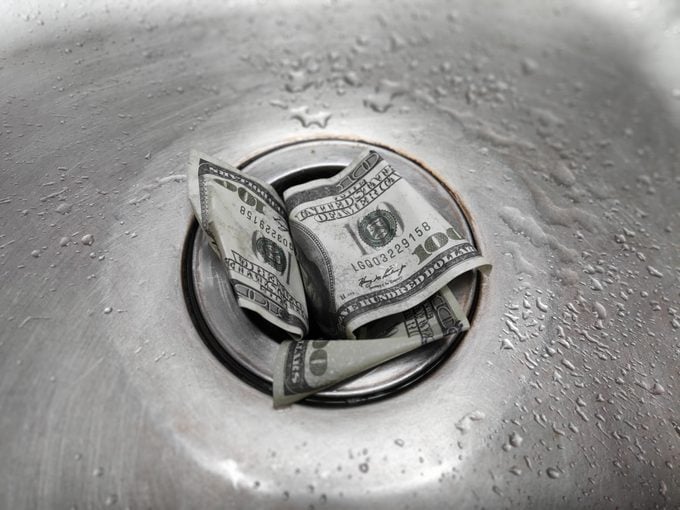
Myth #4: Garbage Disposals Waste Water and Energy
Even the most eco-conscious can’t argue with the math: On average, the energy used to run a garbage disposal comes out to less than $.60 a year. And water use averages out to about a gallon a day. To put it that in perspective, toilets typically use more than a gallon of water each time they are flushed.
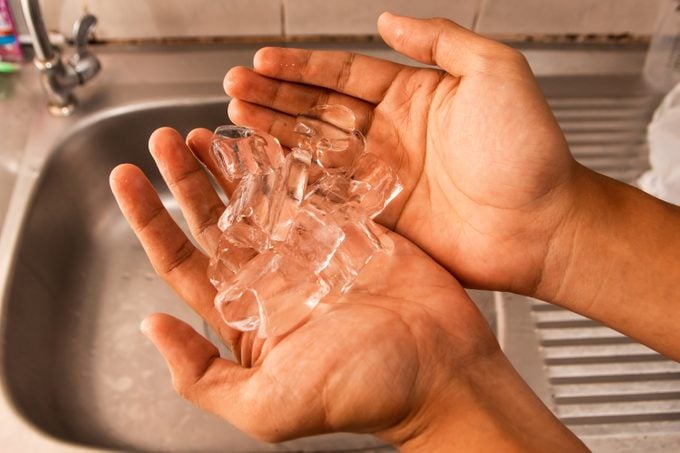
Myth #5: Ice Cubes Will Sharpen the Blades
In fact, garbage disposals don’t even have blades; instead, they have lugs on a spinning plate that force food against a grinding ring – think cheese grater. So while you’re putting ice cubes in your disposal has some merit (experts say cubes may remove leftover food bits on the lugs), they don’t sharpen the lugs.
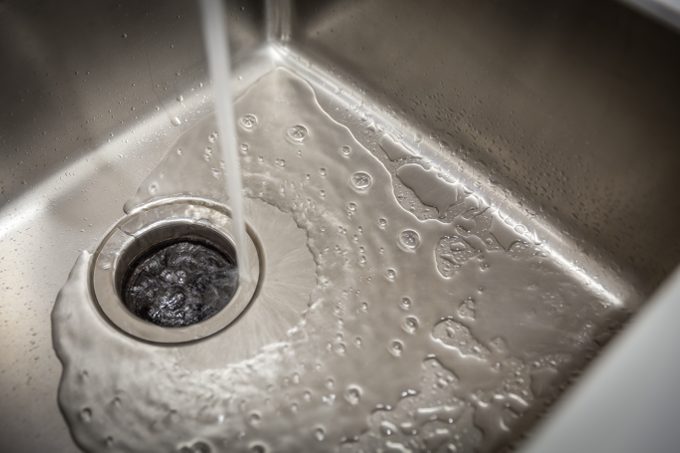
Myth #6: Hot Water is the Way to Go
We all love a hot shower. But garbage disposals don’t. That‘s especially if any grease is lingering on your food. Hot water makes it easier for fats, oils and greases to slip down your drain, potentially causing a clog further downstream in your plumbing.
